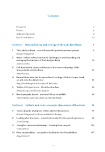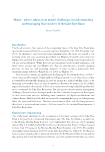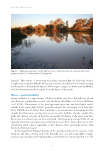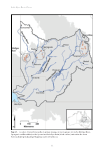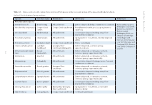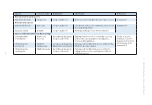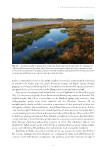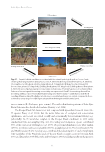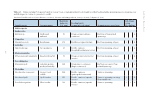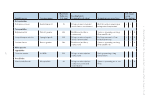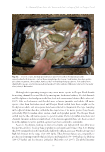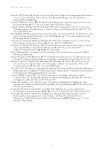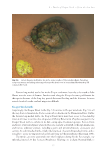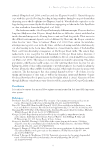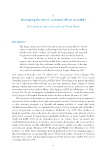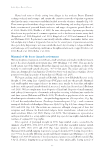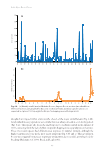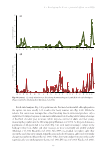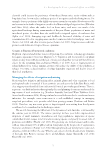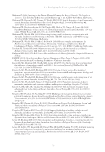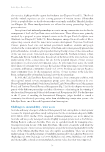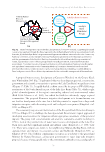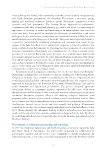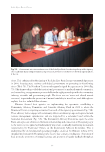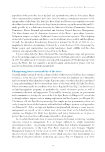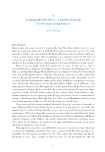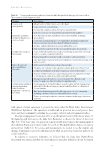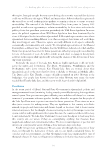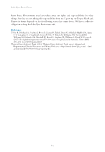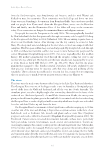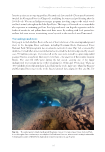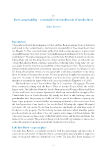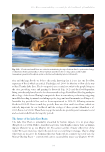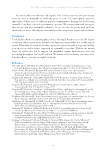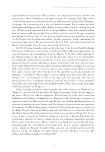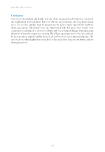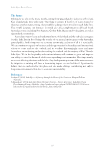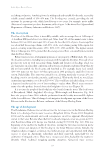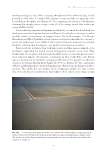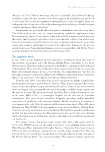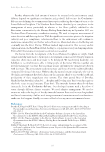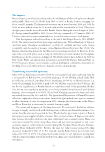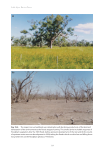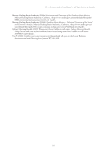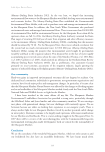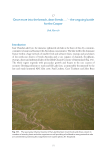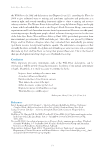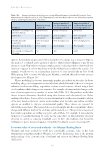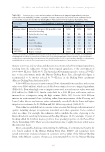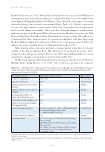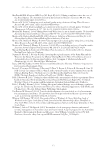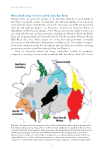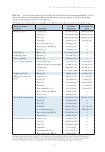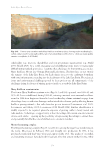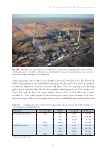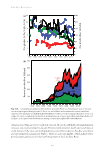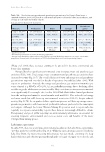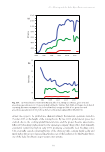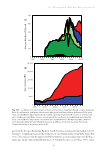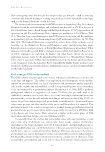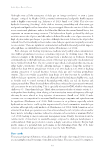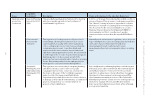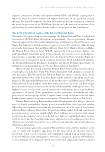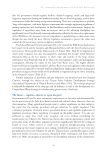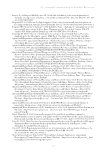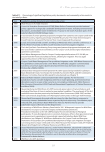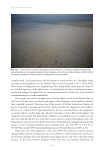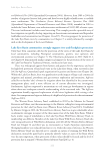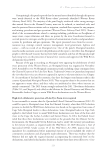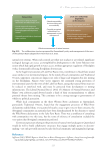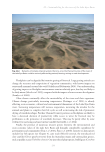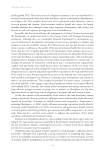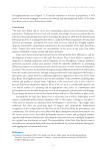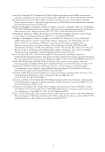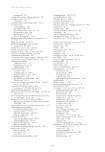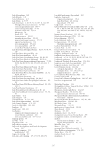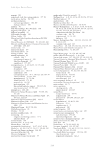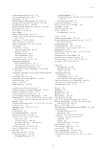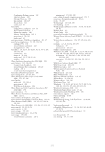Lake Eyre Basin Rivers 156 The Minister for Natural Resources (National Party), Howard Hobbs, refused repeated calls from the Cooper’s Creek Protection Group, the conservation bodies and the Environment Department for ecological science input. It became obvious that Minister Hobbs and the National Party Government openly favoured extending irrigation development to the Cooper. It was also clearly apparent that a powerful subsection of departmental culture at the time endorsed the minister’s views. Windorah scientific workshop The Cooper alliance’s strategic response to the minister’s obdurate stance on ecological input was to organise what may well have been the first scientific meeting ever held in a small outback town – the Windorah Scientific Workshop: An Ecological Perspective on Cooper’s Creek, 3–6 September 1996. Over 100 people attended, including conservationists, interstate bureaucrats, natural resource managers, local community, pastoralists and, of course, scientists who presented papers from a range of disciplines focusing on aquatic and arid zone ecology (Angela Arthington, Stuart Blanch, Stuart Bunn, Peter Davies, Martin Denny, Richard Kingsford, Jerry Maroulis, Grant McTainsh, Mike Olsen, Jim Puckridge, Julian Reid, Brian Roberts and Brian Timms). The workshop made an important recommendation in an open letter to the Queensland Government, supported by a summary of ecological considerations. The recommendation stated that no irrigation or other large-scale water extraction should be allowed for the Cooper or other Lake Eyre Basin rivers, given the aridity of these desert systems, their very high flow variability, the role of rivers and wetlands of the Lake Eyre system in sustaining biodiversity through periods of boom and bust, and the degradation already evident from irrigation development in the semi-arid Murray–Darling Basin. This recommendation and abstracts of papers were published (Noonan 1996). The recommendation was also endorsed by scientific bodies: the Australian Society for Limnology, the Institute for Wildlife Research (University of Sydney), and the 5th International Ecological Conference, Perth, September 1996. Later in September 1996, 127 horsemen and horsewomen from the Channel Country staged a mounted rally, supporting the workshop recommendation and protesting the government’s intransigent attitude. The workshop and the rally attracted widespread media interest, which reflected poorly on the government’s stance on the issue. The politics of protection The National Party Government partially capitulated to the combined forces opposing the Currareva project, shortly after September 1996 announcing that it would not allow cotton irrigation on the Cooper. However, its duplicity was revealed in its Draft Water Management Plan of April 1998, which proposed 22 500 ML of new water harvesting licences, as well as a suggestion to force the activation of ‘sleeper’ licences on the Cooper – the two largest of which amounted to 10 000 ML, split between Currareva and its neighbouring property Hammond Downs (see Chapter 20). The Queensland Department of Natural Resources and the minister were clearly pursuing a development agenda. The department’s hydrological
Downloaded from CSIRO with access from at 216.73.216.172 on Nov 24, 2025, 10:25 PM. (c) CSIRO Publishing








